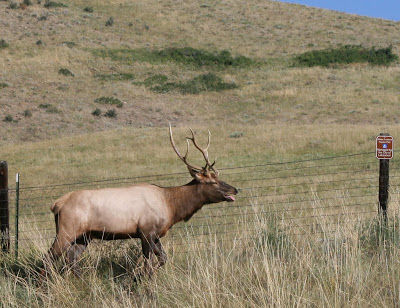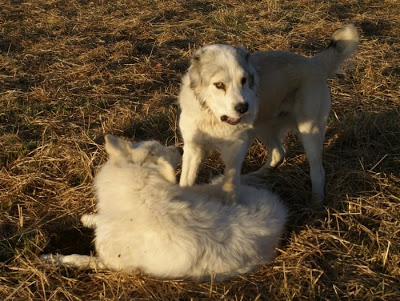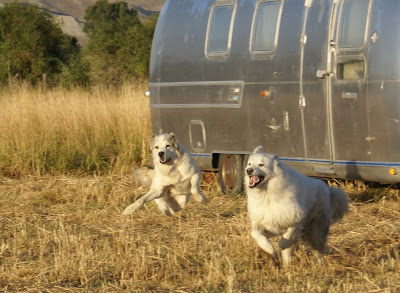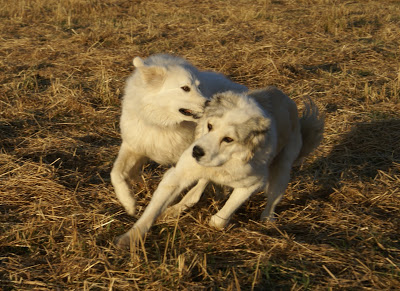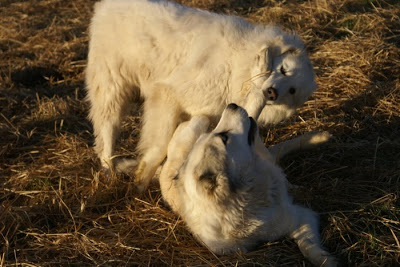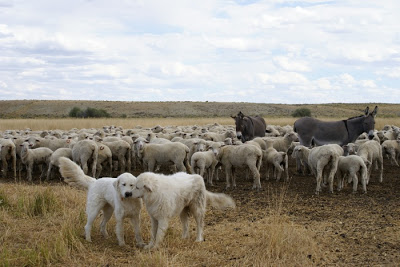Once I had decided to keep Notches, the little Black-And-Tan hound, I naturally sought to fulfill my old desire of training a trailhound to pursue a variety of game, as the old time pioneers had done. I knew that with this previously traumatized dog, I would have to proceed slowly and patiently. At first she would not leave my side, even when out for a run with my other dogs, when they jumped and pursued various critters. When she cringed in fear at the first raccoon we encountered, her behaviour reminded me of other hunting dogs I had seen who had been “trained” with shock collars. My guess was that she was someone’s effort to make a bear hound–common in that area–so raccoons had been taboo for her. Or, she may have been one of those unfortunate pups thrown into a barrel with a grown raccoon, and expected to fight it out. This barbaric method will certainly show you which pups have the most grit(at that time), but it also ruins more good coonhounds than it makes.
Notches at last began to run with my other dogs, baying with excitement when she did so. For such a small hound, she had a deep, rolling bawl that carried far, and I was pleasantly anticipating many future concerts of “hound music”. After a time, having learned the territory well on our daily ramblings, and in no danger of being lost, and having gotten no adverse reactions from me when she ran with the other dogs, she began to do what all trailhounds were born to do–trail game! At first, she would just jump and trail rabbits. She would come back after a good run, cringing and peeing in fear at my possible reactions. Imagine her relief when, instead of punishment, I praised her lavishly! Once she realized this activity was not taboo, she became an extremely enthusiastic rabbit hunter, and I watched and listened to many a spirited rabbit chase. The clever cottontails never took her far, and Notches was often in sight as the rabbits circled back and forth in their brushy home. This suited her perfectly early on, as she was reluctant to range out very far from me.
As her confidence grew, she began to experiment a bit more, and go after other game along with my other dogs. For each and every effort, she received only praise and admiration from me. Very quickly, she added deer, fox(both red and grey), squirrel, ‘possum, and even ruffed grouse and wild turkey to her repetoire–a real “trash hound”! Watching her trail turkeys and grouse was especially intriguing to me, as I had not realized before that trailhounds would show interest in gamebirds. Whenever she hit their scent, she would bay as enthusiastically as when on furred game, and often trailed them until they flushed. The birds usually sailed across a hollow or two, and then settled back to the ground. Notches would stop baying where the birds had left the ground, and then air scent them silently until she picked up where they had landed, and continue baying at that point.
True to the old stories, I was able, most times, to decipher exactly what she was trailing by the tone of her voice, and/or the patterns she was running. Whenever it snowed, I was sure to be out with my hound, so that I could verify by tracks exactly what she was trailing, and so honed my own “hound ear”. In time, her favorite game to trail became fox, both red or grey. The greys were more common in the thick mountain forest where we lived, and I especially liked these hunts, too, as the greys ran a tight, circular pattern that kept my hound close, and I often got to see the nimble foxes as they weaved through the brush. I never killed anything, so all the critters became quite experienced at eluding my hound, and my hound became increasingly skilled at deciphering their trails.
A few times Notches picked up and followed black bear trails. Her voice had a questioning quality about it when she did so. I never encouraged this, not because I was not interested in bears(which I certainly am), but mainly because where I lived, the local black bear population was heavily persecuted, and I did not want to add to the hunting pressure they already had to deal with. Because I showed no interest in the bears, Notches soon began to ignore them, too. One creature which she never showed any desire to trail was, of course, raccoons! I jokingly began to call her my “Black-And-Tan-Everything-But-Coonhound”!
My “training”, therefore, was simply to take my hound out, let her do whatever she wanted, and praise her for whatever I wanted her to keep doing, and ignore her when she was doing something I’d rather she not. No beating, no yelling, no shocking, and Notches molded her performance to suit my desires, while fulfilling her own drives as an energetic scent hound. But then, of course, I was not so particular as most houndmen are these days. Next–the inevitable encounter with the dreaded raccoon….to be continued……
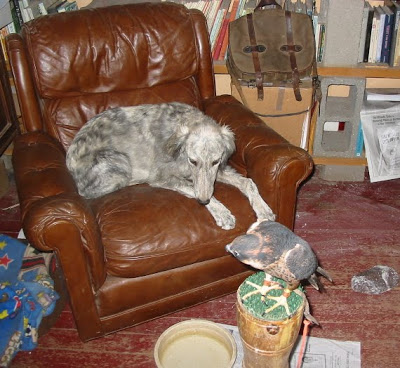 Ataika, who knows how to inspire confidence in a bird, gets a lot closer in hope of a tidbit.
Ataika, who knows how to inspire confidence in a bird, gets a lot closer in hope of a tidbit.



